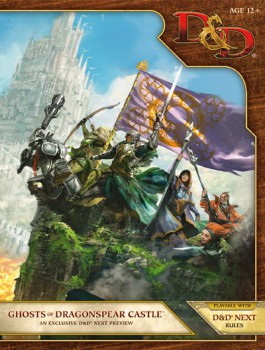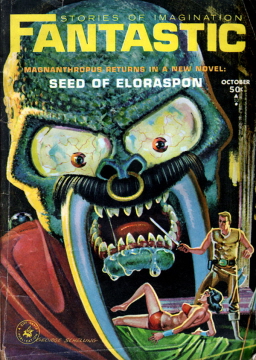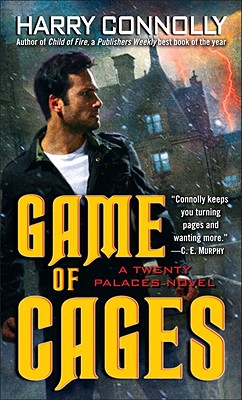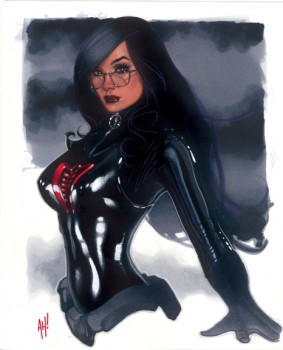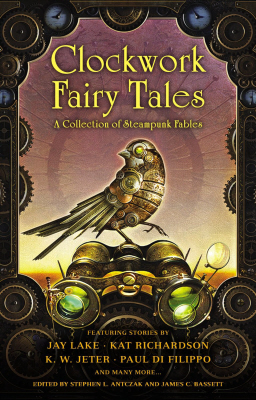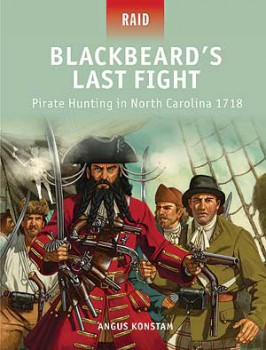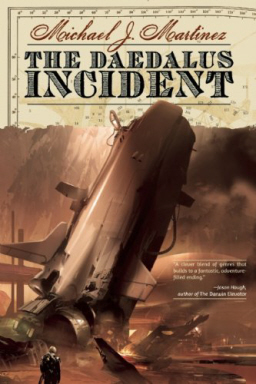Goth Chick News: Joe Hill Takes Us for a Ride in a Vampire Rolls Royce
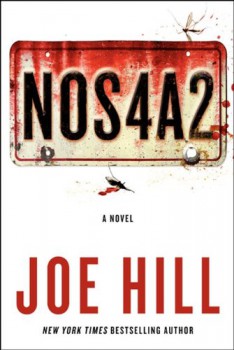 Joseph Hillstrom King, eldest son of Stephen King and better known by his pen name Joe Hill, released his third novel NOS4A2 back on April 30th. And though I was clutching it possessively in my hot little hands that very same day, I did not to rush to tell you about it.
Joseph Hillstrom King, eldest son of Stephen King and better known by his pen name Joe Hill, released his third novel NOS4A2 back on April 30th. And though I was clutching it possessively in my hot little hands that very same day, I did not to rush to tell you about it.
I was instead preparing to take one for the team.
Hill’s first two outings, Horns and Heart Shaped Box were so amazingly entertaining, so thoroughly well written, and hold such esteemed places in my personal library that I felt there was more than a fair chance that Hill could not maintain this level of performance for a third time. I was prepared to be magnanimous; to assume that pressured by his publisher to stop spending so much time on his comic (Locke and Key) and crank out another best seller, Hill might have caved and produced something along the lines of From a Buick 8.
Never heard of it?
Most people haven’t: that’s because a similar scenario happened to Hill’s dad back in 2002.
So rather than tell you to run out and buy it based on the merit of its two older siblings, I took NOS4A2 home to vet it myself and potentially spend some time figuring out how to tell you not to bother.
Instead today, sixty pages from finishing NOS4A2, I’m not even waiting to see how it all turns out before I tell you yes – bother. Do it now and without worrying about the sheer size of the thing or how you’re going to find the time. Get it and curl up somewhere comfortable because you’re not going to be moving much for quite a while.
